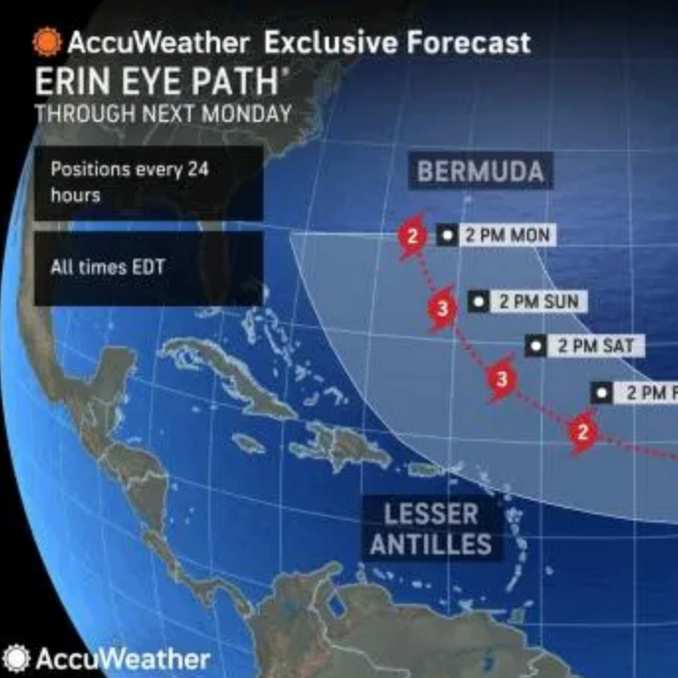Identifying Hidden Cause of Loss
January 21, 2020

After a valuable East Hampton home suffered water damage, the insurance company offered the owners only a fraction of the cost of recovery, misattributing the source of damage to seepage from light damage to an exterior wall.
Eastern Public conducted a comprehensive forensic investigation and determined that the cause of water damage was not seepage, but rather rain water migrating into the house as a result of roof damage from a recent wind storm. Had this pervasive yet unapparent roof damage gone undetected, this magnificent home would have had recurring damage and likely voided the owners’ ability to secure the insurance proceeds necessary to fully fund the repair.
Our Work
News & Press

In property insurance claims, Actual Cash Value (ACV) is often calculated as replacement cost minus depreciation—but that doesn’t always reflect a property’s true value. Under the Broad Evidence Rule, adjusters and appraisers are encouraged to consider multiple factors, such as market value, functional condition, and income potential, to arrive at a fairer and more accurate valuation. This approach is especially useful for properties with unique characteristics or market conditions that don’t fit neatly into a standard formula. By weighting different valuation inputs, professionals can better capture the real economic loss—leading to more balanced, defensible outcomes for both insurers and policyholders.






